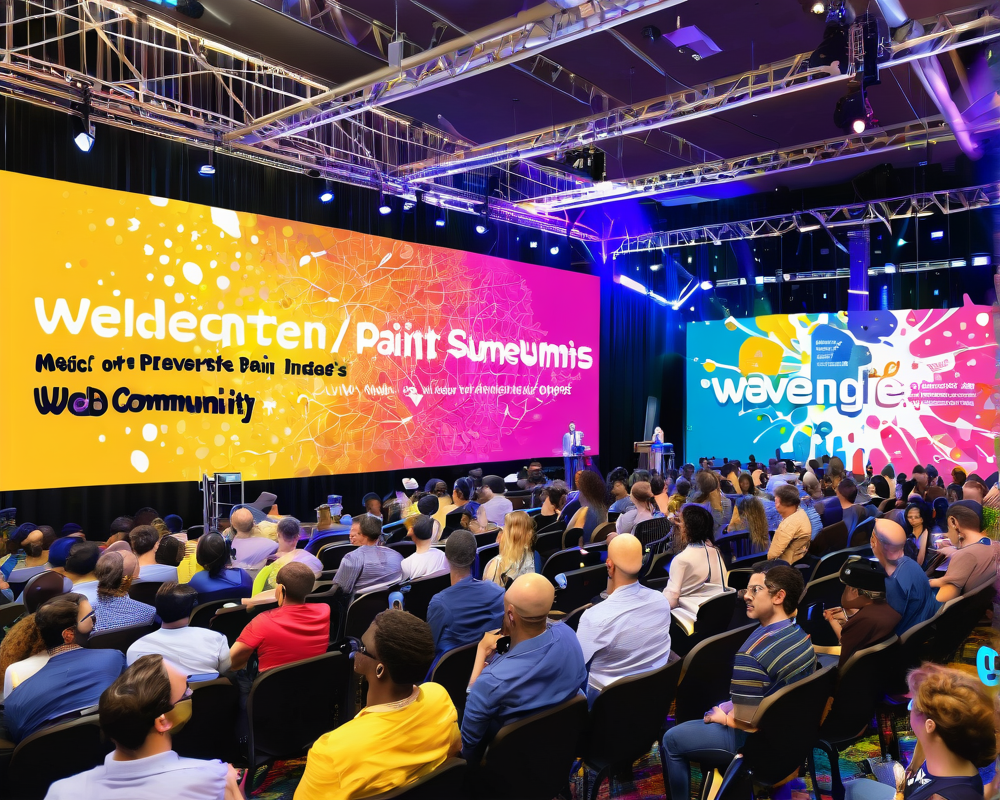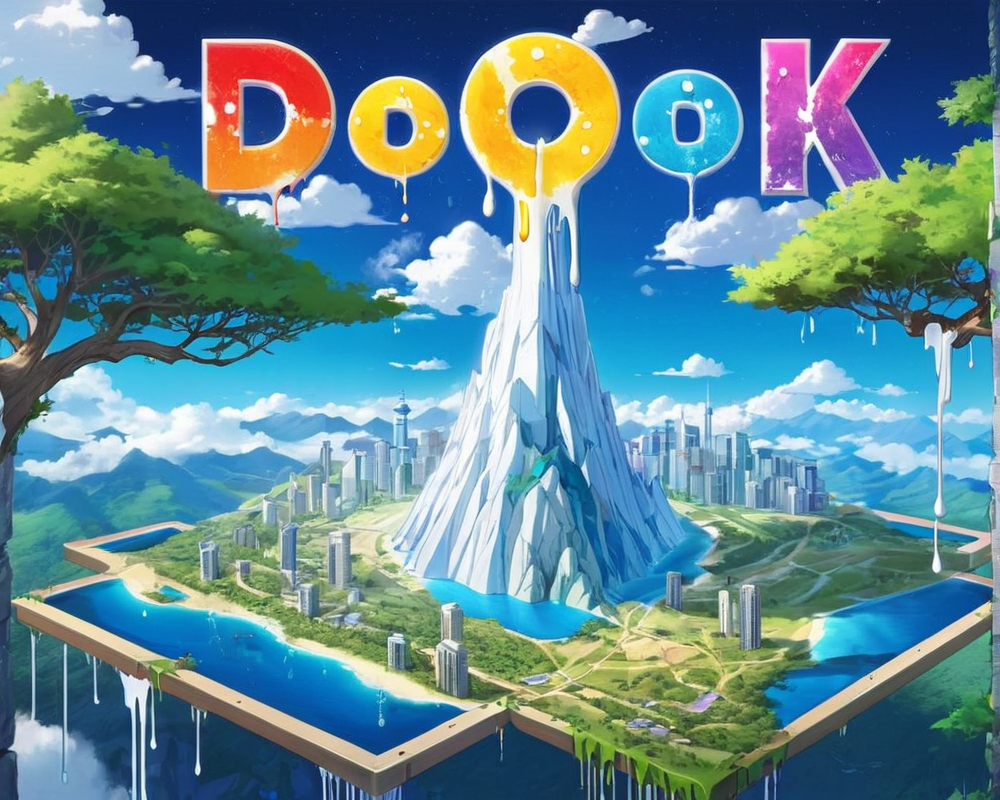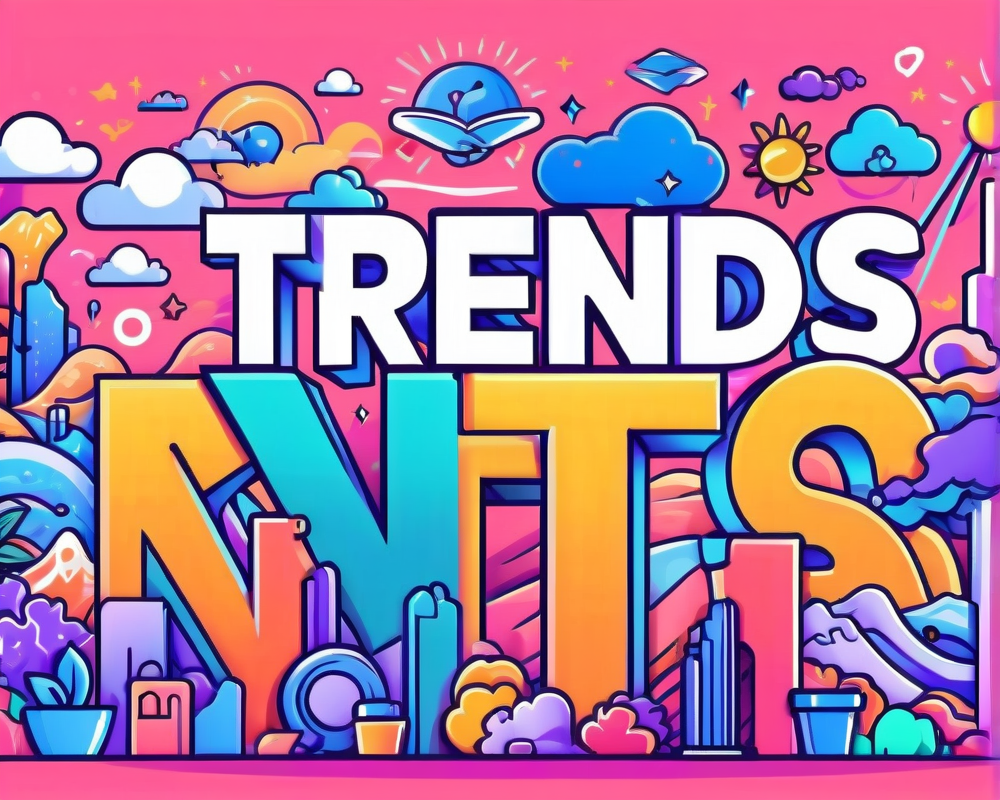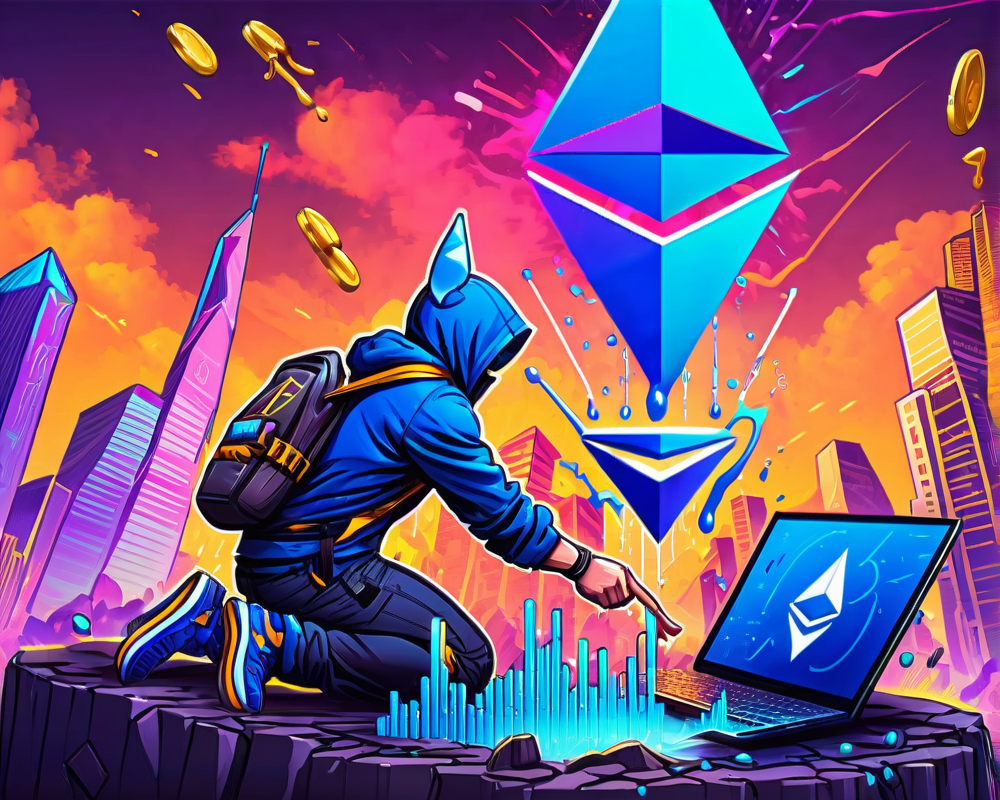Web3 has officially burst onto the music scene like an over-caffeinated drummer at a quiet acoustic set. Who knew that musicians would be hip to dropping NFT collections, and assembling concert-goers in something as virtual as the metaverse? But for many artists, understanding these new-age technologies feels like trying to decipher hieroglyphics after a long night of karaoke.
Wavelengths Summit: A Hub of Knowledge
On May 6, the inaugural Wavelengths Summit hosted by Water & Music gathered a motley crew of musicians, industry executives, artists’ managers, researchers, and techies. The mission? To demystify the rapidly evolving world of music technology. With topics ranging from blockchain communities to the impact of artificial intelligence on artist revenue streams, there was plenty to discuss without needing to order an extra-large size of confusion.
Community-Centric Approach
Central to the summit was the concept of community. Cherie Hu, the founder of Water & Music, pointed out that the music industry has often suffered from information silos. You know, like trying to find that one elusive vinyl record in a thrift store that seems to have been ransacked by hipsters on a hunt for ironic nostalgia.
The Atmosphere of Collaboration
With the mantra “Be kind and respectful” and a sprinkle of humor, Hu established ground rules for a positive atmosphere. Forget about the classic panel setups; the event was designed for lively discussions, with audience members encouraged to jump into the dialogue like they were trying to score the last slice of pizza at a party.
The Future of Music Communities in Web3
Diving into the nitty-gritty, Wavelengths Summit attendees engaged in discussions about how Web3 can revolutionize community-building. Austin Robey from Metalabel shared insights on decentralized autonomous organizations (DAOs) as the new-age hangouts for artists and fans alike.
- DAOs represent a sophisticated social structure that musicians have historically employed but are now being digitized.
- Online spaces provide a way for artists to engage with their communities in ways that feel both personal and decentralized.
- As Kaitlyn Davies noted, these technologies enable a more organized, compelling approach to community-building in the music world.
URL to IRL: The Magic of Meeting Up
As the day went on, it became clear that the true magic of these discussions didn’t just reside in cyberspace. Many attendees met their online pals IRL, which often feels like meeting an imaginary friend. It’s powerful stuff! Gremore pointed out that even the most vibrant online relationships can sometimes lose their luster until they get that in-person spark.
Maintaining Trust in Community
For Hu, in-person connections are vital for maintaining trust. It’s kind of like how you need to know there’s good pizza behind the façade of a cozy Italian restaurant. If a community falters under the scrutiny of an IRL encounter, it could either kickstart growth or lead to an awkward exit at the end of the night.
The Road Ahead: Embracing Technology
As the day wrapped up, the consensus was clear: community-building is crucial for success in music and Web3. Artists have new tools at their disposal, from NFTs that grant access to exclusive concerts to DAOs that let fans have a say in their favorite musicians’ projects.
Gremore summed it up perfectly in her closing remarks, noting that even if parts of the music industry feel broken, there’s still hope—and perhaps a hefty dose of innovation—on the horizon.




